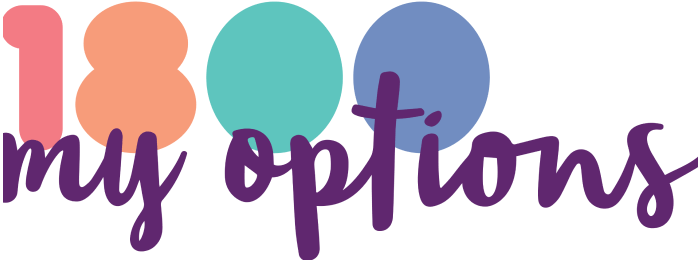Reproductive coercion is any behaviour that interferes with your right to make choices about your sexual and reproductive health
A person can try to control and manipulate your sexual and reproductive health in different ways, such as:
- Pressuring or forcing you to become pregnant
- Controlling what you do with a pregnancy (such as forcing you to continue a pregnancy, or to have an abortion)
- Controlling your contraception (such as damaging condoms or pills, ‘stealthing’ by removing condoms during sex, hiding medications or scripts, or forcing you to use certain contraceptive methods)
- Pressuring or forcing you to be sterilised
- Stopping you from accessing health services and information
Reproductive coercion can happen through physical and verbal violence, psychological and emotional manipulation, and financial control. It can also prevent you from leaving a relationship or making other life decisions.
As a form of family violence, reproductive coercion most commonly happens in intimate partner relationships. However, it can also be perpetrated by ex-partners, parents, family members, carers, support workers, health professionals or other people you live with or see often.
Reproductive coercion should be taken seriously by all health professionals. Some sexual and reproductive health services may ask you questions privately to provide support if you’re experiencing such treatment.
More information
- 1800 Respect (24/7)
National sexual assault, domestic family violence counselling support service.
Chat onlineor phone 1800 737 732 - Children By Choice
- MSI Australia
Hidden Forces:A white paper on reproductive coercion in contexts of family and domestic violence




